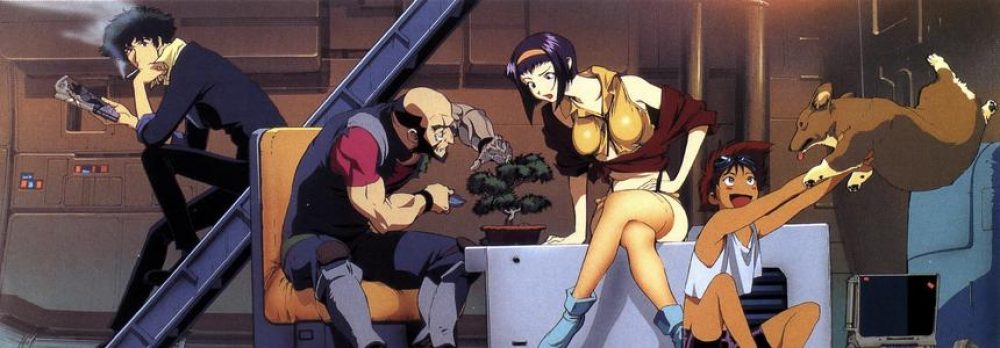Previs is short for Previsualization. Some are also called PreViz for short, which actually means the same thing. So, what exactly is Previs? To put it bluntly, the lens to be shot is simply constructed with 3D software before the filming starts. The main purpose is to see the camera angle, camera position, composition, actor position, and so on.
Postvis. During filming, many green screens or other on-set shots were shot. Before these shots entered the production of various realistic special effects, it was necessary to see what the general effect of the special effects was added. For example, after a real shooting, the character Roto in the green screen follows the lens set by Previs and synthesizes it into a rough 3D environment. The purpose of this is to save manpower and financial resources. The cost of special effects production is too expensive. If you go directly to the special effects production stage without thinking and make mistakes, the loss will be great. So preview the special effects in advance. There is also the match between the actors and digital characters, textures, scenes, and so on in the previous shooting.


Almost all current blockbusters are inseparable from these steps. The same is true for Fulian 3. A total of 3000 Previs and Postvis lens productions were involved in Reunion 3. It was done by editor Jeff Ford, Third Floor’s senior Previs/Postvis director Gerardo Ramirez, and Marvel’s special effects director Dan DeLeeuw.
The Third Floor was responsible for the entire Previs production of Reunion 3 and Reunion 4, and they shot at the same time, so sometimes a lot of work has to be overlapped. Therefore, all production time needs to be arranged reasonably. In the early stage, Director Previs led the team to spend most of their time on creative aspects, such as Layout, camera, time, and animation. The artists first made a rough, untextured version of the shot. Then use the Previs editor to edit these shots together. During the editing process, clips and rhythms are tested, and occasionally some indications of event rhythms are created. After the artists saw the edited appearance, they focused on the animation, lighting, and special effects of these frames.
The role of Previs
Previs was made to help develop actions and tell stories, including visualized large settings and fighting scenes. So the Previs production team largely relied on the story, script, and rhythm specified by the director. First, edit the Previs footage for review, and then everyone sits down and brainstorms ideas about the story, with the purpose of seeing if the story point can be sublimated to a better level. Starting from Previs, the production team began to enumerate and draw the technical points and components needed in the lens, as well as what content will be involved in the real shot, and so on. The workflow also includes more specific tasks related to character development for the appearance of the environment, including power, fighting style, and widgets used.
Previs can also help determine which roles are required for each shot. There are more than 60 characters in the movie, and part of Previs determines which character should be in which shot, what they should do, and when they appear. The most difficult thing here is not the number and sheer scale of the characters, but how to use these characters throughout the story. There is also a close integration of Previs and Postvis with the live-action part.
Techvis
In addition, the production team also produced hundreds of Techvis charts for this film. Mainly provide technical solutions. It is how to realize the content shown in Previs. For example, orbital position, camera angle, green screen setting distance, point out the relationship between the Previs camera and the character or the path of the sun, how to shoot complex character actions, etc. For example, in the scene of Thor, the Rockets, and the Dwarves. The director hopes that the actors have mutual influence. Because the actor who plays the dwarf is very short, but the movie importantly portrays him as a giant. How to set up the camera is the main problem that Techvis solves. There is also the use of Techvis to help model and predict the best light and shadow positions for the shooting date and so on.

